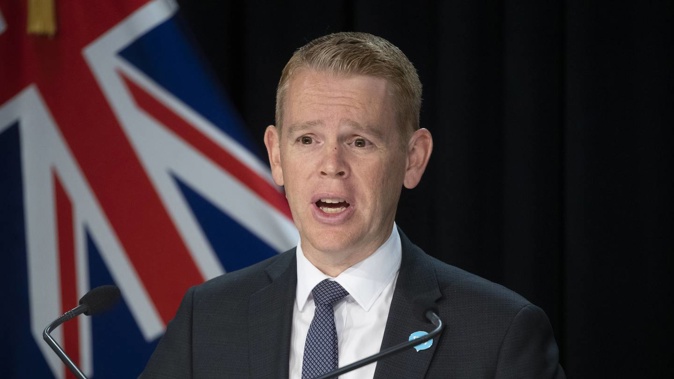
Key points:
- About 1.4 million people will benefit, including pensioners, students, children and parents, and those on main benefits.
- Superannuation will increase by over $100 for a couple per fortnight and nearly $70 for individuals.
- Main benefits to increase by the rate of inflation, meaning a family on a benefit with children will receive an extra $40.86 a week and a sole parent will receive an extra $31.83 a week.
- Student support rates will increase in line with inflation, with single students under 24 without children getting an extra $20.21 per week.
- Package to cost over $2 billion, including $311 million over four years to tie increases to inflation rather than average wage rises.
The Government is spending $2 billion on a welfare package Prime Minister Chris Hipkins calls “bread and butter support” to take the “bite” out of the rising cost of living.
The package will see the incomes of about 1.4 million New Zealanders stay in line with inflation, supporting pensioners, students, children and parents, and those on main benefits.
It includes an extra $311m to be spent over the next four years that allows main benefits to be increased in line with inflation - 7.22 per cent - rather than the average wage rise as previously planned, which was costed at about $1.7 billion.
This increase in spending meant a family with children on a benefit would receive an extra $40.86 a week and a sole parent an extra $31.83 a week.
Increases to superannuation will mean couples receive an increase of more than $100 a fortnight, and individuals an extra nearly $70.
In the last term of Government, Labour indexed main benefits to the increases in the average wage as this had traditionally risen faster than inflation.
Hipkins said that the situation had now reversed, with inflation higher than average wage rise of 6.24 per cent.
“Cabinet has this year agreed to provide additional support to this group by increasing main benefits by 7.22 per cent in line with inflation,” Hipkins said.
Superannuation will rise by the same percentage on April 1, which will see a couple who are both aged over 65 receive $102.84 more in total a fortnight and a single person living alone receive an extra $66.86 each payment.
Working families will see increases to Working for Families, including an extra $4 for Best Start Payments taking it to $69 per week and an increase of $9 for the eldest child rate of Family Tax Credit lifting it to $136 per week.
Tertiary students receiving student allowance or student loan living cost payments will also get about $20 extra for each payment from April 1.
Hipkins said this package followed other cost-of-living-related decisions including raising the minimum wage by $1.50 to $22.70 an hour from April 1, the fuel tax subsidy, and making public transport half-price until the end of June - a policy that will be permanent for Community Services Card holders and tertiary students.
The package will support 880,000 people receiving New Zealand Superannuation and Veteran’s Pension, 354,000 working-age beneficiaries, 52,000 students receiving Student Allowance and 74,000 people receiving supplementary assistance.
Social Development and Employment Minister Carmel Sepuloni said in a “cost of living crisis we can’t leave those on the lowest incomes and Government support behind”.
“For working-age people receiving a main benefit, they will see an increase of between $19.81 and $46.20, depending on the type of benefit and whether they are single or a couple,” Sepuloni said.
Working families will also be helped with around 10,000 more children being covered by childcare assistance through subsidies.
Take your Radio, Podcasts and Music with you









